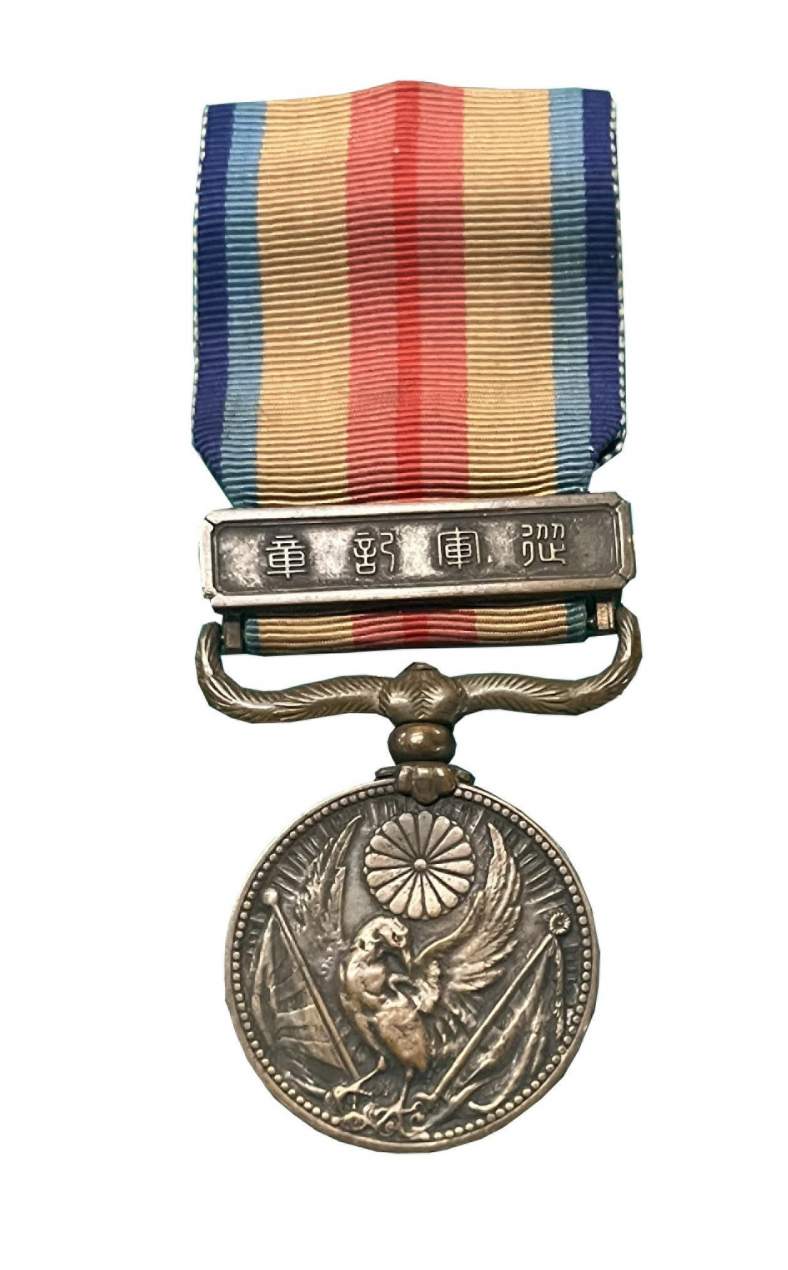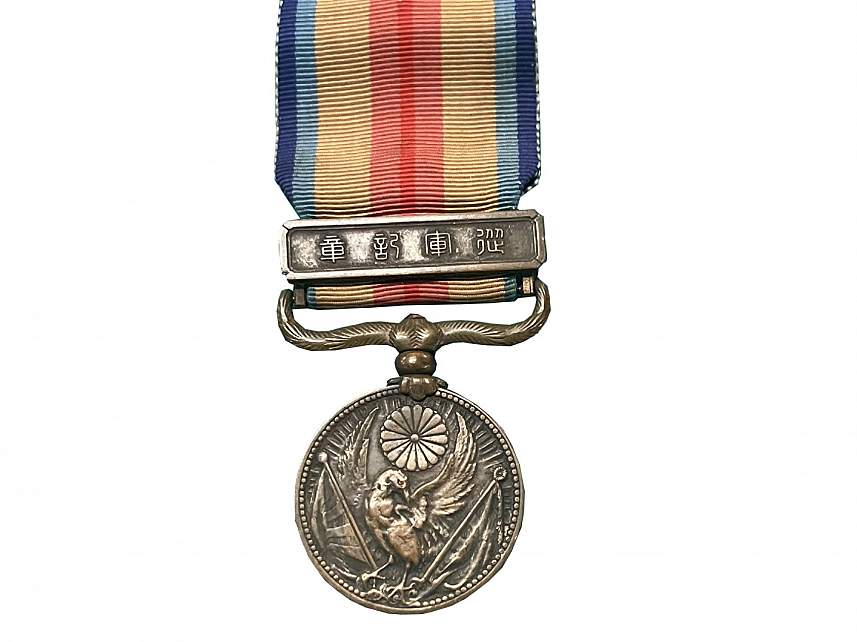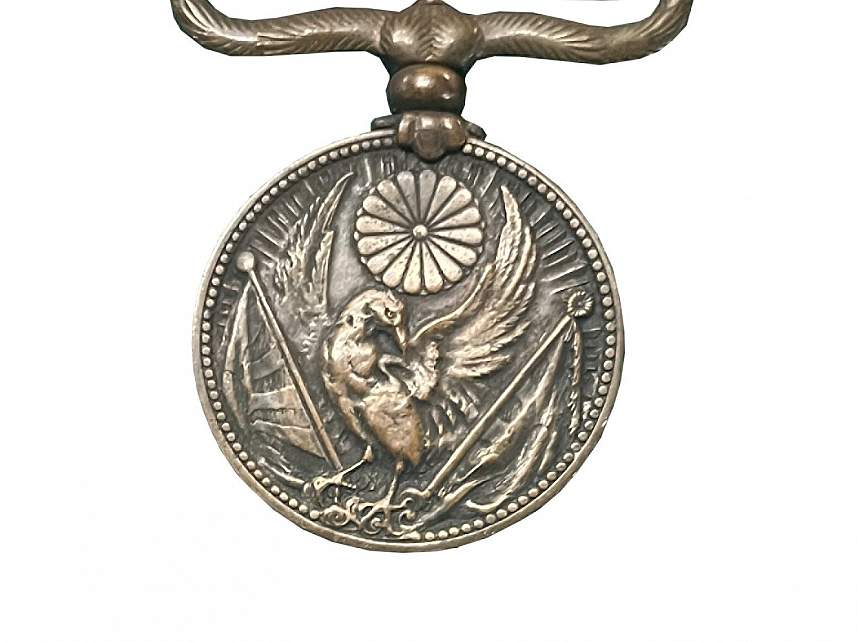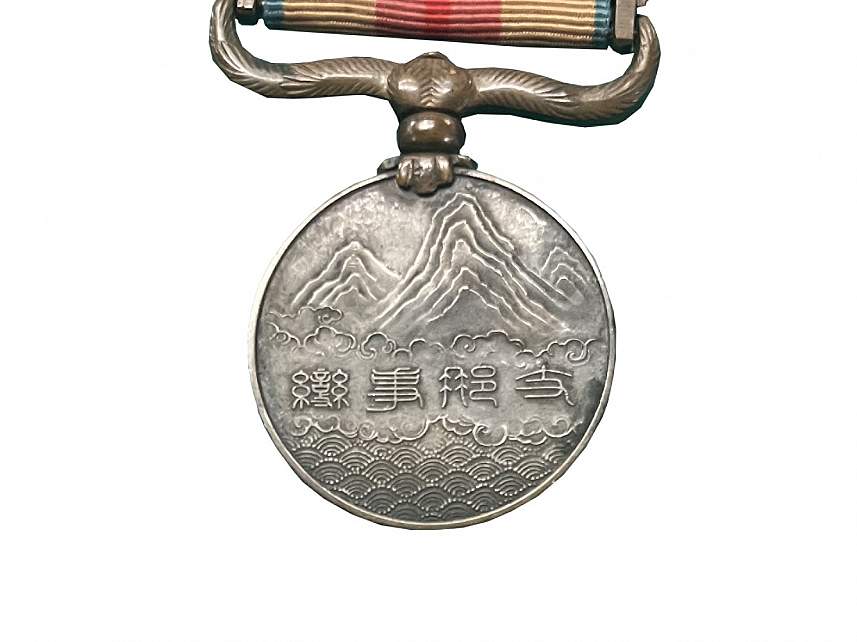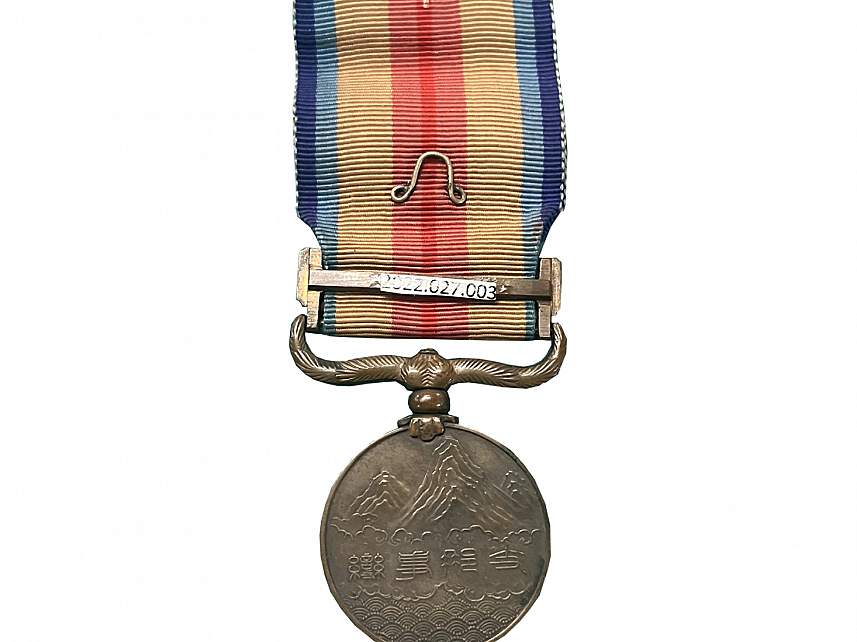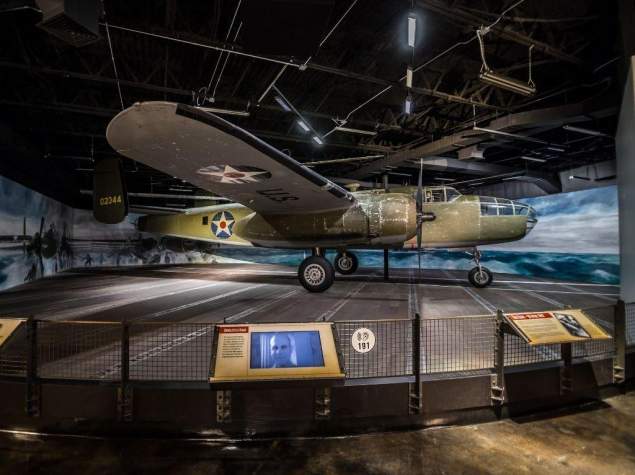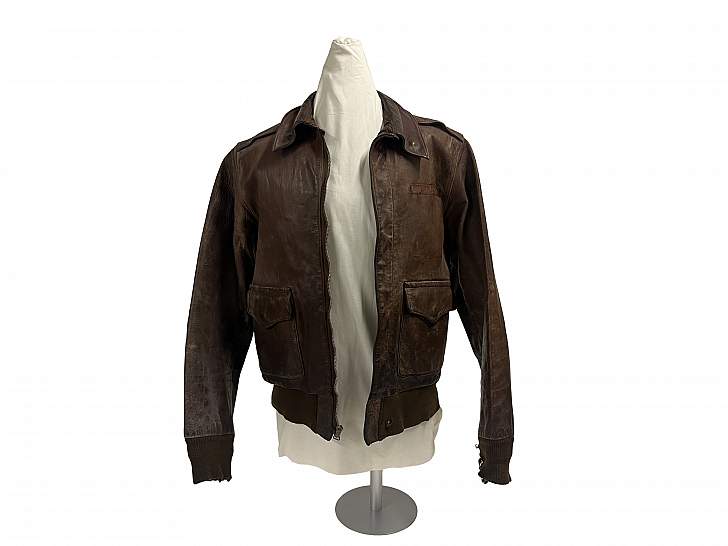Here we have China Incident War Medal (1937-1945) a representation of the long-standing conflict and violence between China and Japan. When the Doolittle Raiders crash-landed in China, the locals provided them with food and shelter and helped them back to Chuchow, where the Raiders were to regroup. The Japanese learned of the Chinese aid and were furious. They launched a brutal assault that killed around 250,000 people in the Zhejiang and Jiangxi provinces, areas where the Raiders had landed. This medal, taken from a dead Japanese soldier by Fred L. Fifer, commemorates Japanese personnel who went to China during the Second Sino-Japanese War (1937-1945) also known as the China Incident. It is notable that the pink in the medal represents the blood-stained soil of China.
The Impact: China Incident War Medal
This section explains the effects of the Doolittle Raid not just on Japanese soil but the rest of the Pacific Theatre and the war itself.
Overview
Although the physical damage from the Doolittle Raid on Japan was minimal, the psychological impact was enormous. Much like the Americans before the attack on Pearl Harbor, the Japanese believed that they could not be touched on their own soil.
In the days after the attack, Japanese propagandists tried to use the raid to gain sympathy and show off their own military might. They claimed their military shot down nine of the B-25s and that the Raiders’ objectives were civilian targets such as schools. Neither of these claims were true, and they failed to cover up what the Americans had made quite clear: Japan was vulnerable.

Gen. Doolittle standing with recruitment poster, 1943.
The attack on the home islands sent the Japanese military into a panic. They recalled large portions of their offensive forces back home for defense. The Japanese were now forced to be more cautious in order to protect their home islands after months of relentless advance across the Pacific. This mindset was a crucial part of Admiral Yamamoto’s command decisions leading into the Battle of Midway and allowed the Americans to gain the upper hand in the fight. This began turning the war against the Japanese, ultimately leading to Allied victory in the Pacific.
China Incident War Medal
Exhibit Preview
The Doolittle Raid Exhibit
After the attack on Pearl Harbor, President Roosevelt wanted to boost national morale by striking back at Japan. In April 1942, the military launched a bombing mission, marking the start of America's ...
